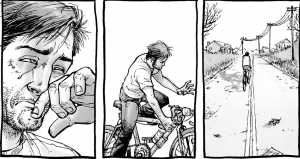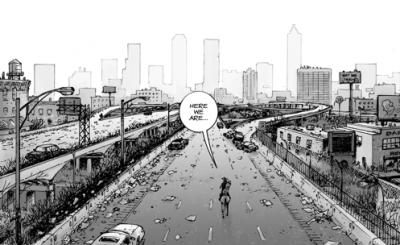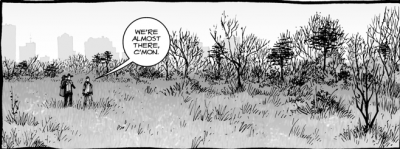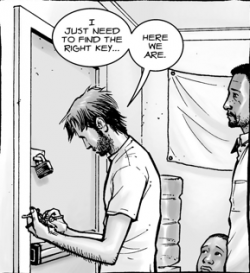Views
Each panel has its own view. This is a description of the entire scene within the frame. This terminology is borrowed from cinema. It can also help to check the script if you are not sure, or ask your co-writer and editor.
Changing Views
When the view (or angle, see next section for more details) is the same for multiple panels you do not have to repeat the view, only when the view changes. When the view/angle does change, but the scene is the same as the previous panel, we use the terms ‘Pull in’ or ‘Pull out’ depending on the what is called for. You do not need to use these terms if there is a scene change, only if there is a view or angle change of the same scene.
Pull in example:
Close view of Shane.
…
Pull in to a tight close-up on Shane’s face.
Pull out example:
Close view of Ricks face.
…
Pull out to a mid-view of Rick, as he mounts the bicycle.
…
Pull out to a wide view of Rick on the bicycle.
List of Views
The following are some working examples of types of views:
- Extreme/Very wide view: Characters, if present, will usually be quite small in comparison to their surroundings. Examples include: a whole field or an eight-lane highway leading into a city.
Extreme wide view
Very wide view
- Wide view: Characters can usually be seen in full figure, panel includes clear background/surroundings.
Wide view
- Mid-view: Generally character focused, minimal detail to background. Character generally seen from the waist or chest up.
Mid-view
- Close Up: The character can be seen from the chest, shoulders, or neck up, depending on the perspective.
Close up
- Extreme Close Up: The face, eye, mouth of the character takes up the entire frame.
Extreme close up








